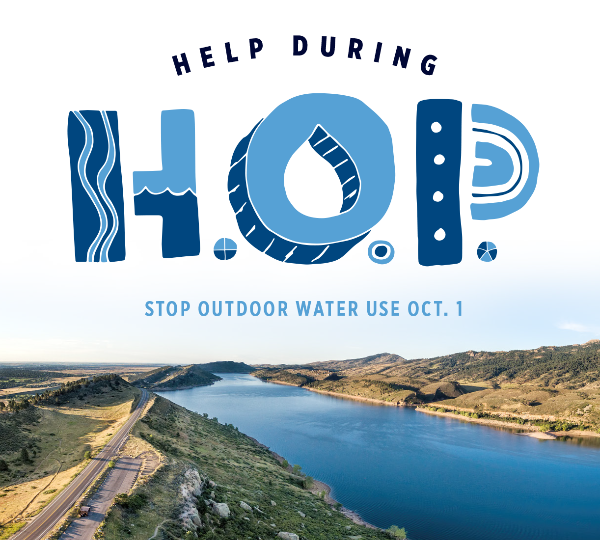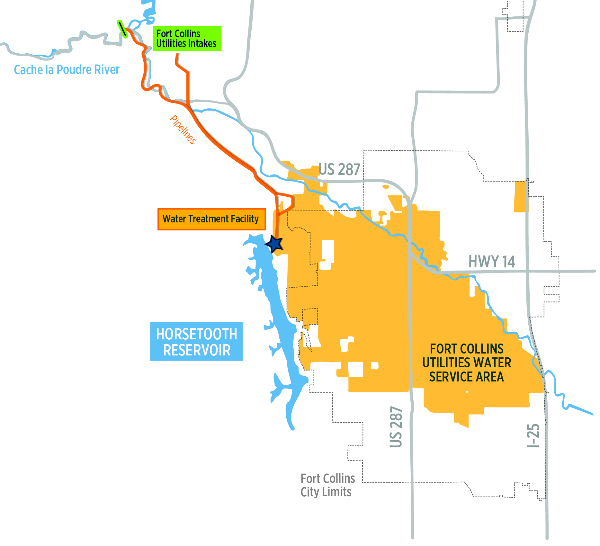Horsetooth Outlet Project (HOP) - Infrastructure Improvements#
Did you know? Horsetooth Reservoir was built between 1946-1949 and holds up to 156,735 acre feet (51,072,250,000 gallons) of water.
The Horsetooth Outlet Project (HOP) was an important infrastructure maintenance project planned by Northern Water and the Bureau of Reclamation to repair and upgrade the Soldier Canyon Dam outlet in 2020.
HOP began in October and finished ahead of schedule. Even with the added risk of drought and water quality and delivery from the Cameron Peak Fire, it was best to complete the outlet maintenance instead of waiting. Check out this video from Northern Water that summarizes the work completed.
Lasting impacts from the fire could be present for many runoff seasons to come, causing us to rely more heavily on our Colorado-Big Thompson (CB-T) shares in Horsetooth and the infrastructure that delivers water from Horsetooth.
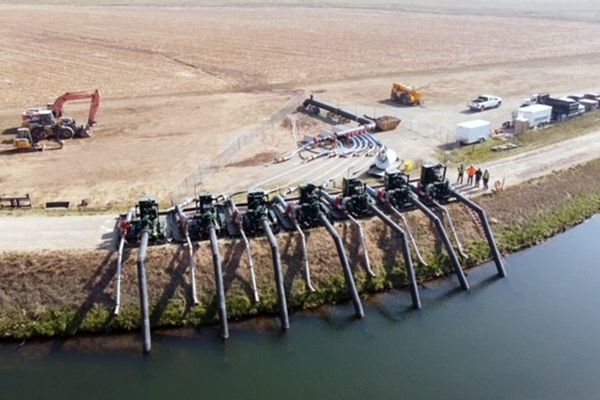
Backup pumps ready to go.
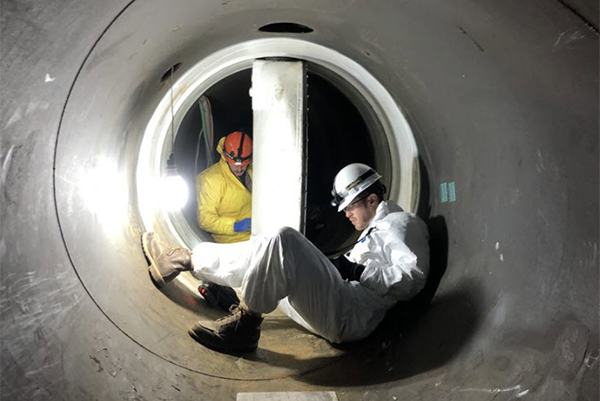
Crews recoat the inside of the outlet.
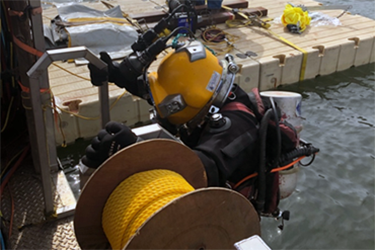
Divers installed new trash racks.
Did You Know?#
Utilities' overall water use during the winter months is approximately two-thirds lower than summer use. Typical winter water use is about 13-15 million gallons per day (MGD) and summer use ranges from 35-40 MGD. On average, a Fort Collins household uses about 425 gallons during a summer day and only 125 gallons on a winter day.
If conditions during HOP – like continued drought or poor water quality due to the Cameron Peak Fire – prevented or limited the ability to deliver water from the Poudre River, a temporary backup pump system was available to convey water from a different Horsetooth Reservoir outlet to the Utilities Water Treatment Facility. The capacity of this backup system was expected to supply only average Utilities winter water demands, which did not include irrigation or other seasonal outdoor uses.
If water demand levels had not decreased to typical winter levels and the backup system was used, there would likely have been a water shortage. Outdoor water use restrictions proactively increased Utilities’ ability to deliver full water demand if the limited-capacity backup pump system needed to be used before overall demand decreased to typical winter levels.

How'd We Do?#
Fort Collins Utilities’ customers rose to the challenge and decreased water use 35% within the first 24 hours of restrictions and stayed below the 15 million gallons demand since Oct. 14, saving more than 100 million gallons of water when compared to historical averages.
Thank you for your help reducing our water use!
Who Was Impacted?#
In addition to Fort Collins Utilities, the Soldier Canyon Dam outlet supplies water to neighboring communities who receive their water from:
- Fort Collins-Loveland Water District (FCLWD)
- East Larimer County Water District (ELCO)
- North Weld County Water District (NWCWD)
All water districts were impacted by HOP asked customers to reduce water use during the project. .
How Did HOP Affect Our Community?#
Fort Collins Utilities is fortunate to receive water from two sources: Horsetooth Reservoir and the Cache la Poudre River. However, during HOP, Utilities relied on Poudre River water supply, making it even more important to ensure our water resources were used efficiently.
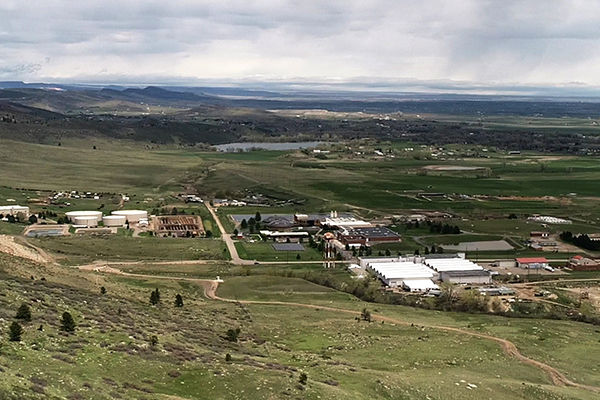
When Did HOP Begin?
Work began in October and lasted 21 days ending early November. This timing was chosen to decrease impacts to customers and landscaping and allow time for the work to be completed before winter weather sets in.
Prior to the start of HOP, Northern Water gradually lowered reservoir levels by releasing water to municipal, industrial and agricultural users as normal and stopped flows into the reservoir.
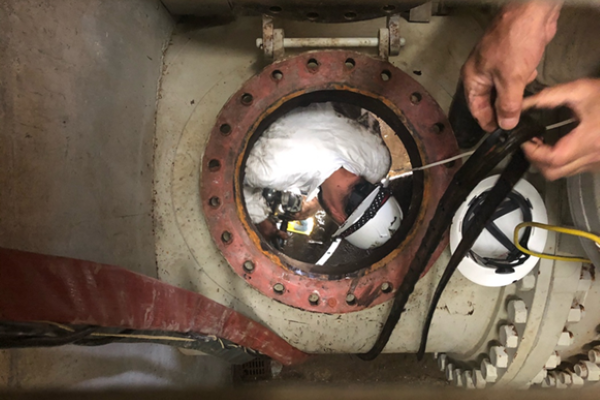
So, What Is An Outlet?
The outlet being repaired is the pipe that delivers water from Horsetooth Reservoir to our Water Treatment Facility and the Soldier Canyon Water Treatment Plant. It's a very valuable asset in delivering the water we drink, bathe in and use on our landscapes.
There's a much more complicated answer that involves intake structures, conduit, control house gates, regulating gates, valves, gate chambers and stilling basins – all of which are located in a dam and are used to control water releases from a reservoir.
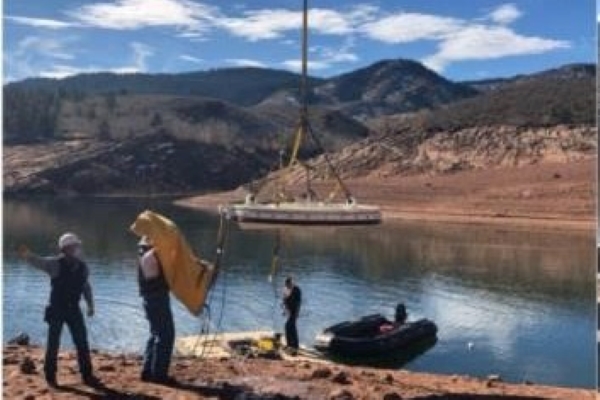
What Were The Improvements?
This necessary and proactive maintenance project helped protect our infrastructure and water supplies.
Repairs included removing rust, recoating valves and replacing rubber seals. Dive teams also installed new stainless-steel trash racks to more efficiently prevent water-borne debris from passing through the outlet structure to the water treatment plants.
Conserve All Year Long#
- Fix leaky faucets and running toilets.
- Limit or avoid car washing.
- Install high-efficiency water fixtures, including showerheads and toilets (check out our rebates).
- Wash only full loads (dishes and laundry).
- Take shorter showers (less than 5 minutes is best).
- Track your water use.
Learn More#
Project-specific questions: Northern Water or 970-416-8040.
Water conservation tips and ways to save water: savewater@fcgov.com, 970-416-8040 or V/TDD 711.
Did You Know?
You can save water by partially fill the sink with warm water to rinse the razor blade when shaving.
Watering every third day helps the grass develop deeper roots and use moisture deep in the ground.
Planting fast-growing vines is a quick way to block unwanted summer sun. You'll get results in months.
